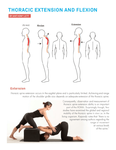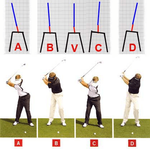Carolina Golfer
Well-known member
- Joined
- May 11, 2017
- Messages
- 2,605
- Reaction score
- 1,327
- Handicap
- 36
My biggest swing faults are not getting my weight to the target side at impact and an overswing in the backswing. Today, I put my weight forward, and it automatically shortened my backswing and with the weight forward pre-set, it solved the problem of not getting my weight forward. I was flushing it in practice. Hopefully, I am on to something and it was not an aha moment that lasts for one time. Once, I am pre-set, I just pull through with my left hand (rightie). Anyone else try a modified stack and tilt? Is it hard to make it work for a driver? Do you just put less weight forward?











